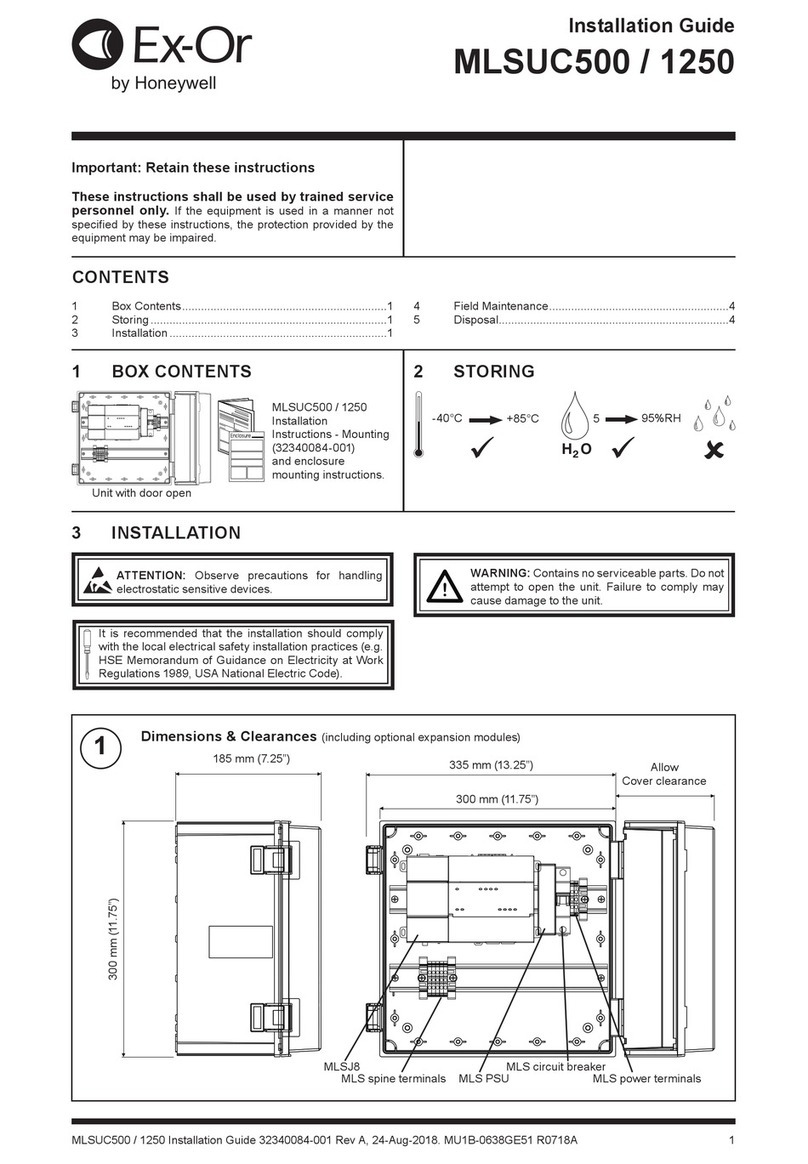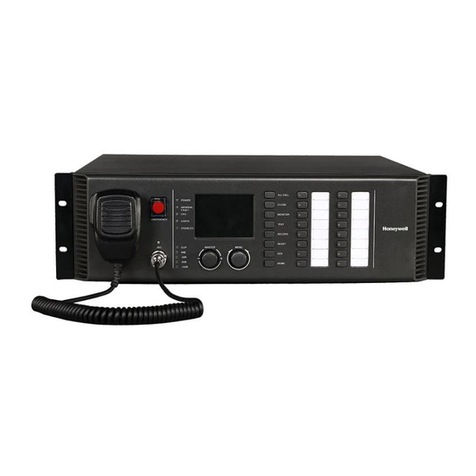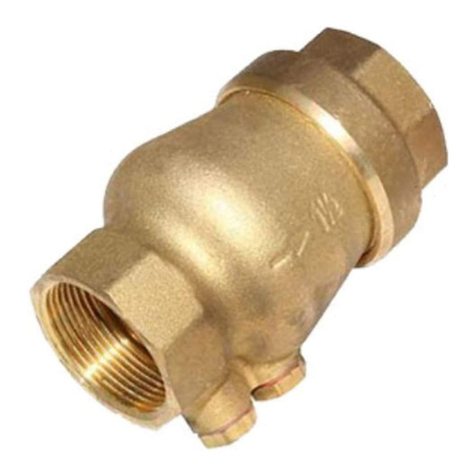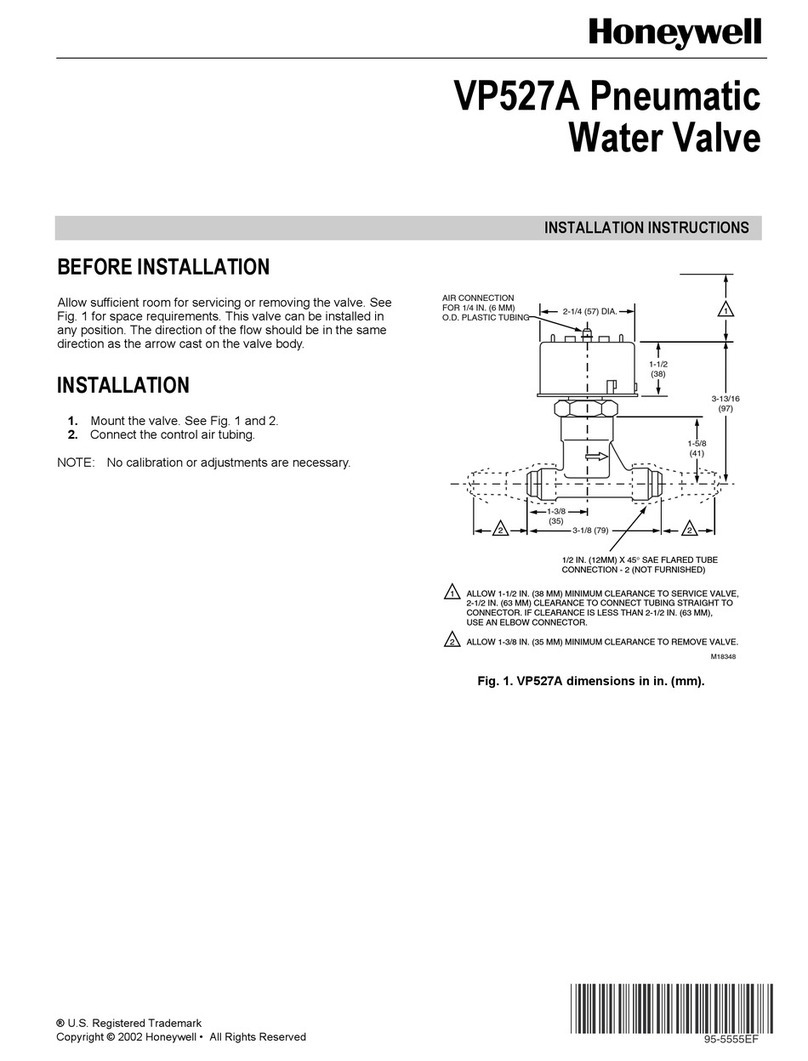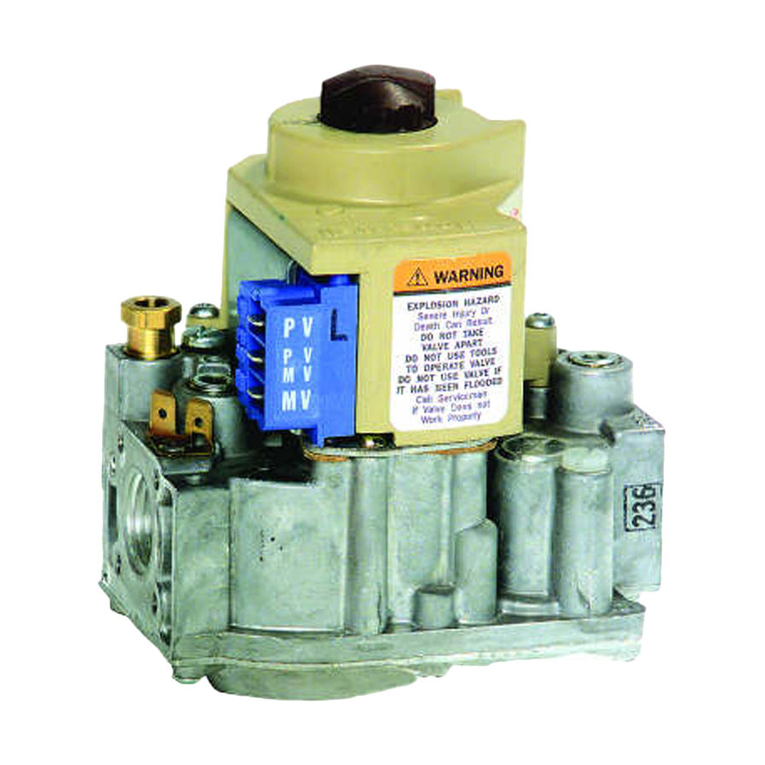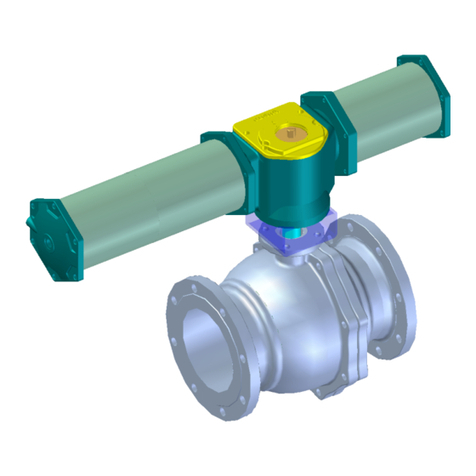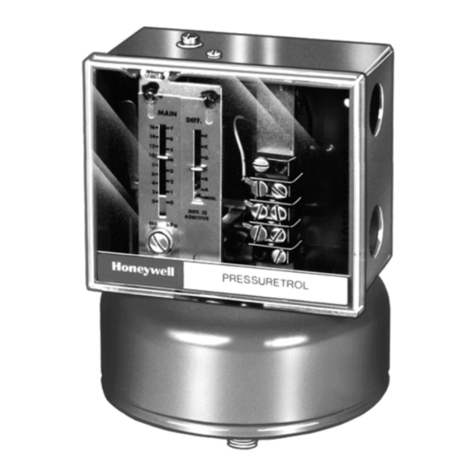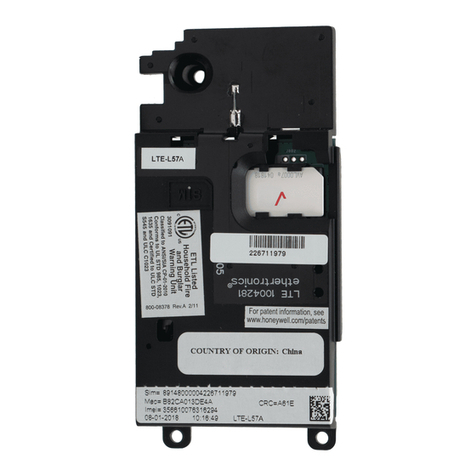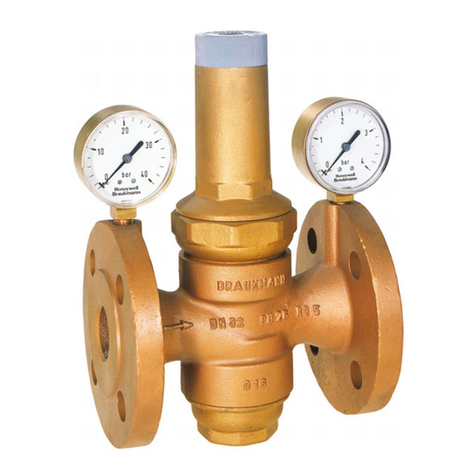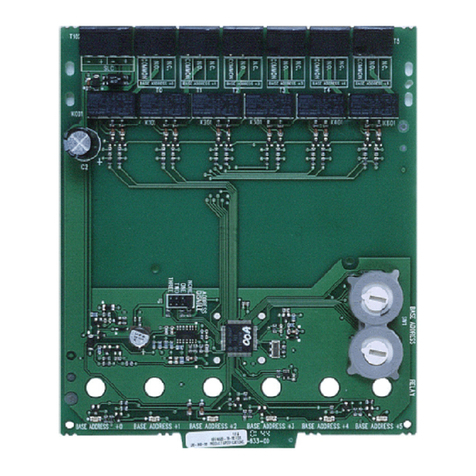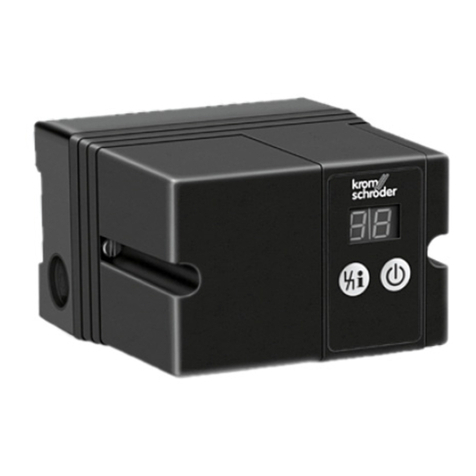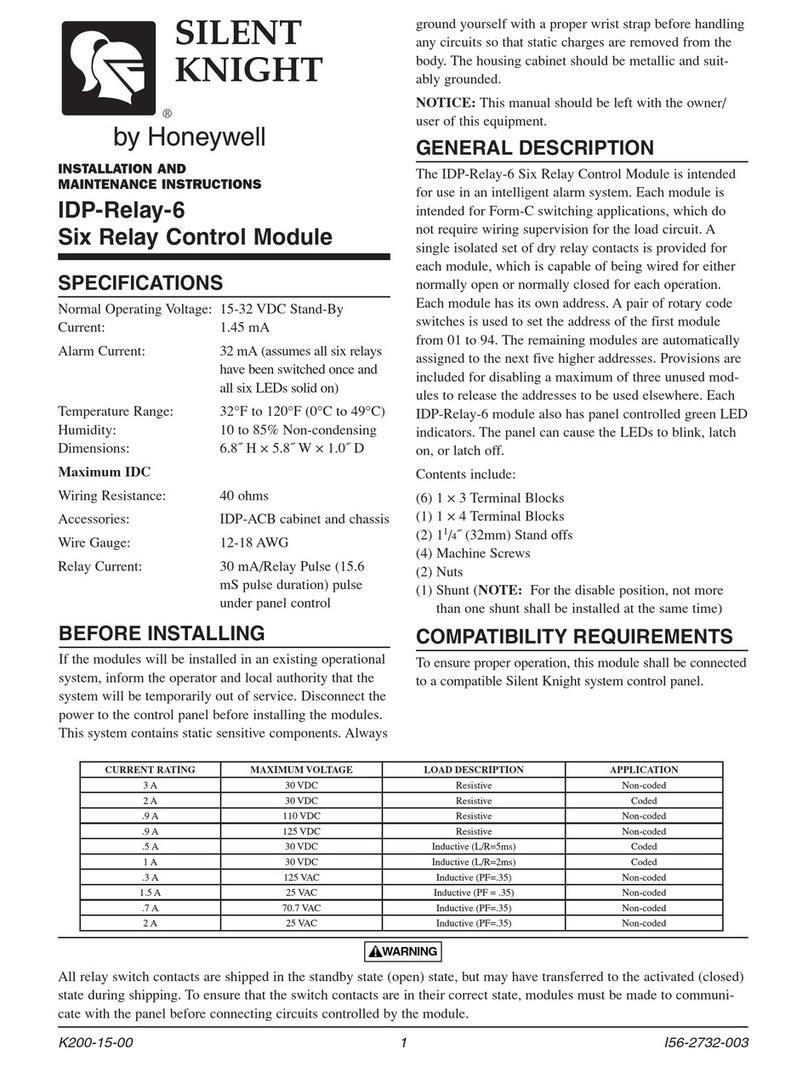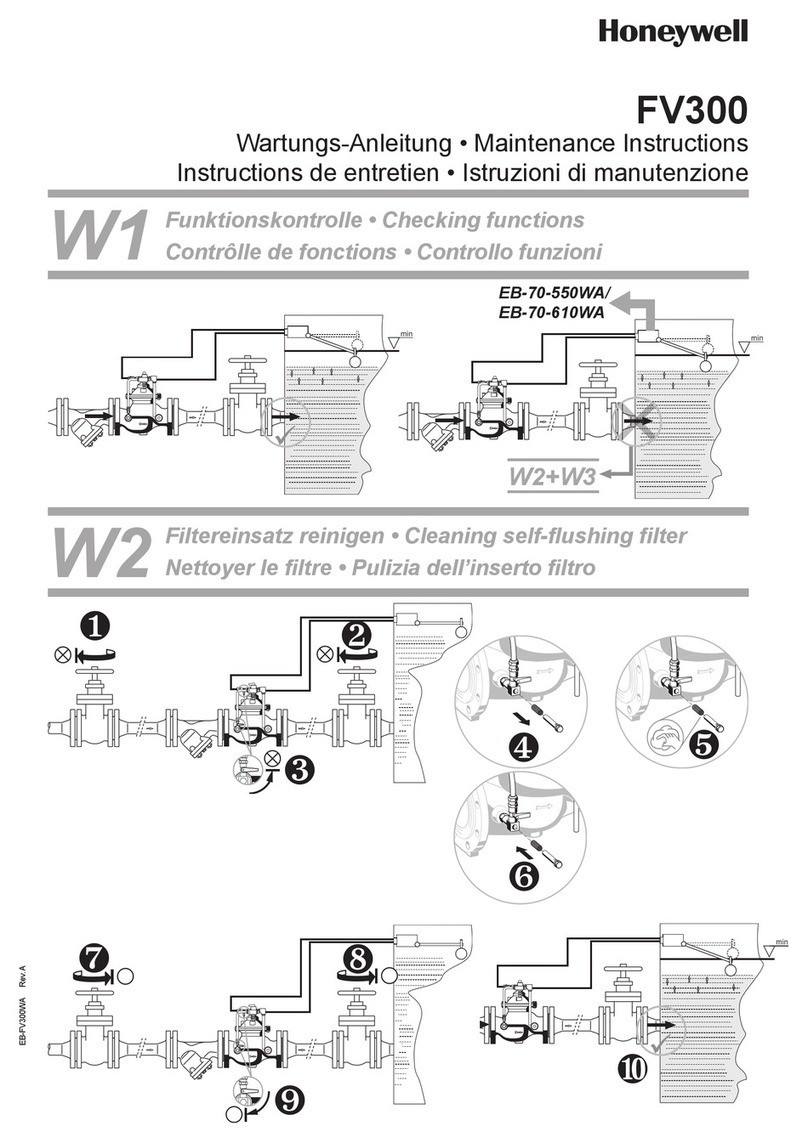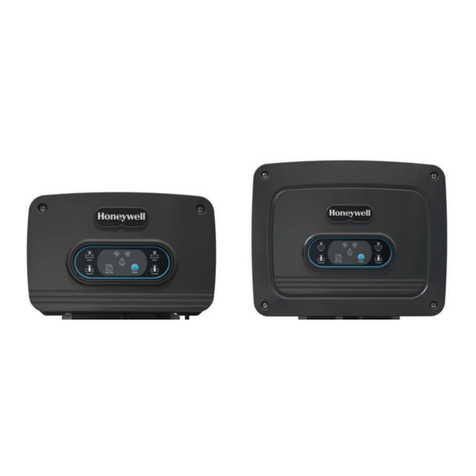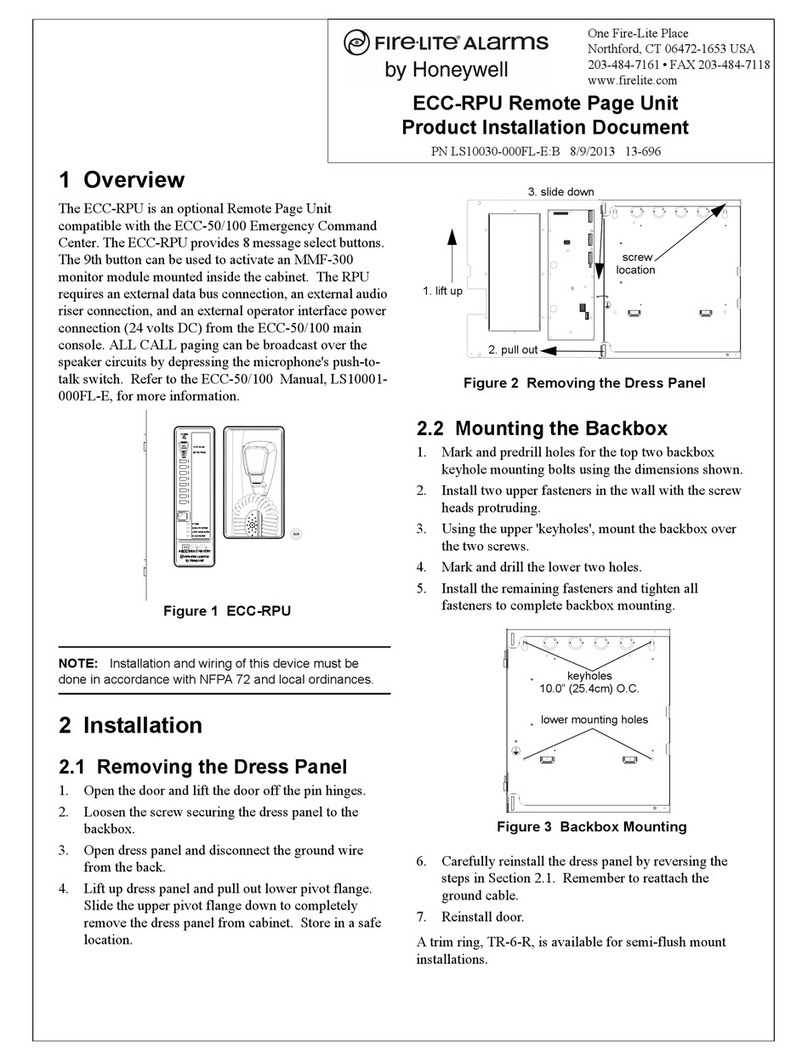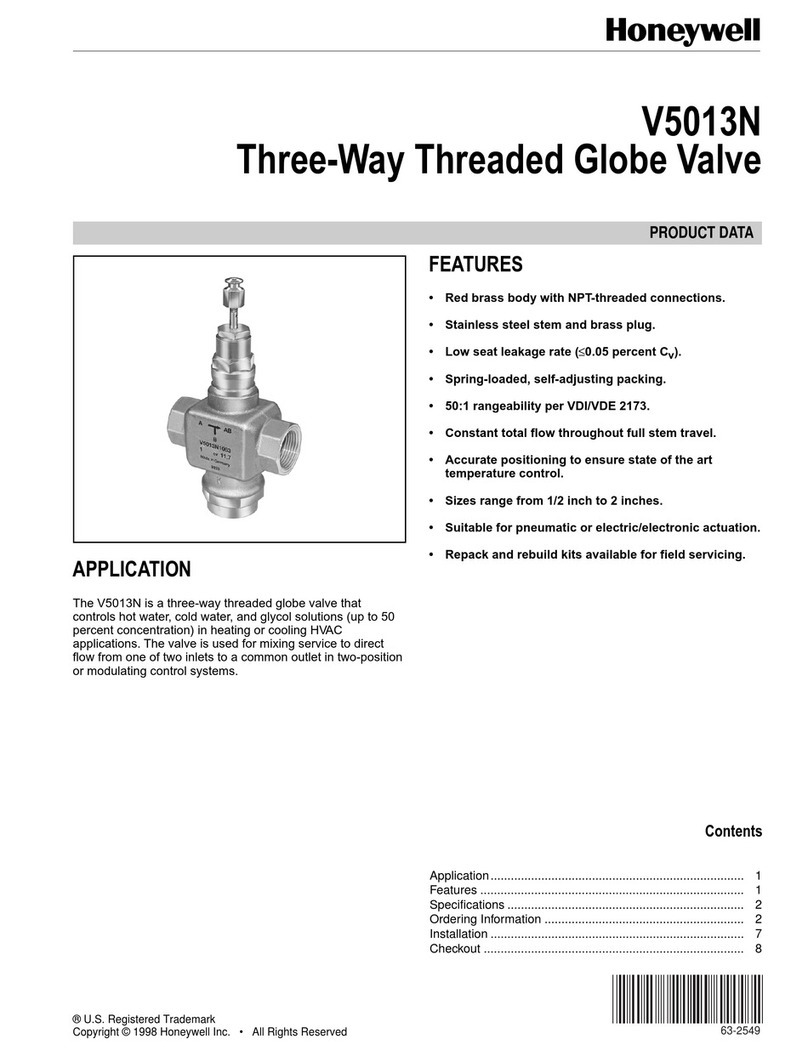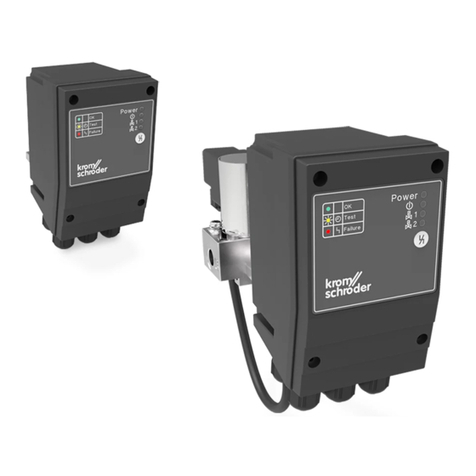
65-0106—2 10
RM7823A
INSTALLATION • WIRING
Wiring
1. Refer to Fig. 7 for proper subbase wiring. For proper
wiring of optional Keyboard Display Module mounted
remotely, DATA CONTROLBUS MODULE™, Remote
Reset Module or Communication Interface Base Unit, refer
to Specifications, form no. 65-0090, 65-0091, 65-0095 or
63-2278, respectively.
2. Disconnect the power supply from the main discon-
nect before beginning installation to prevent electrical
shock and equipment damage. More than one disconnect
may be involved.
3. Allwiringmustcomplywithallappropriateelectrical
codes, ordinances and regulations. Wiring, where required,
must comply with NEC Class 1 (Line Voltage) wiring.
4. Recommendedwiresizeandtype:useno.14,16,or18
copper conductor (TTW60C or THW75C or THHN90C),
600 volt insulation wire for all line voltage terminals. For
high temperature installations, use wire selected for a tem-
perature rating above the maximum operating temperature.
All leadwires must be moisture resistant.
5. Recommended grounding practices:
a. Use the earth ground to provide a connection be-
tween the subbase and the control panel or the
equipment.Theearthground wire mustbecapable
of conducting the current to blow the 20A fuse
(or breaker) in event of an internal short circuit.
The RM7823A needs a low impedance ground
connection to the equipment frame which, in
turn, needs a low impedance connection to earth
ground. For a ground path to be low impedance at
RF frequencies, the connection must be made with
minimum length conductors that have a maximum
surface area. Wide straps or brackets are preferred
rather than leadwires. Be careful to verify that me-
chanically tightened joints along the ground path,
such as pipe or conduit threads or surfaces held
togetherwithfasteners,arefreeof nonconductive
coatings and are protected against corrosion on
mating surfaces.
b. Ground the earth ground terminal with wire as
shortas practical for each RM7823A that must be
grounded to the metal control panel. Each ground
wire must be capable of carrying a fault current
equal to the rating of the protective fuse (20A). A
number 14 copper conductor is adequate but
wide straps or brackets are preferred rather than
leadwires.
6. Recommended wire routing for flame detector
leadwires:
a. Do not run high voltage ignition transformer
wiresinthesameconduitwiththeflamedetection
wiring.
b. Do not route scanner wires in a conduit with line
voltage circuits.
VIBRATION
Do not install the RM7823A where it could be subjected
to excessive vibration, 0.5G continuous maximum.
WEATHER
The RM7823A is not designed to be weather tight. If
installed outdoors, the RM7823A must be protected by a
weather-tight, NEMA 4 enclosure.
MOUNTING WIRING SUBBASE
NOTE: For installation dimensions, see Figs. 1 or 2.
1. Mountthesubbaseinanypositionexcepthorizontally
with the bifurcated contacts pointing down. The standard
vertical position is recommended. Any other position de-
creases the maximum ambient temperature rating.
2. Select a location on a wall, burner or electrical panel.
The Q7800 can be mounted directly in the control cabinet.
Be sure to allow adequate clearance for servicing, installa-
tion,accessandremovaloftheRM7823A,DustCover,flame
amplifier, flame amplifier signal voltage probes, electrical
signal voltage probes and electrical field connections.
3. For surface mounting, use the back of the subbase
as a template to mark the four screw locations. Drill the
pilot holes.
4. Insert the mounting screws using the four no. 6
screws and securely tighten.
IMPORTANT:
1. Do not connect more than two C7012E,F or
C7076A,D Ultraviolet Flame Detectors (with self-
checking shutter) in parallel to the same terminals.
2. This equipment generates, uses and can radiate radio
frequency energy and, if not installed and used in
accordance with the instructions, may cause interfer-
ence to radio communications. It has been tested and
foundtocomply withthelimitsfor a ClassBcomput-
ing device of part 15 of FCC rules, which are de-
signed to provide reasonable protection against such
interference when operated in a commercial environ-
ment. Operation of this equipment in a residential
area may cause interference; in which case, the users
attheirownexpensemayberequiredtotakewhatever
measures are required to correct this interference.
3. This digital apparatus does not exceed the Class B
limitsforradionoiseofdigitalapparatussetoutinthe
Radio Interference Regulations of the Canadian De-
partment of Communications.
HUMIDITY
Install the RM7823A where the relative humidity never
reaches the saturation point. The RM7823A is designed to
operate in a maximum 85% RH continuous, noncondensing
moisture environment. Condensing moisture may cause a
safety shutdown.

